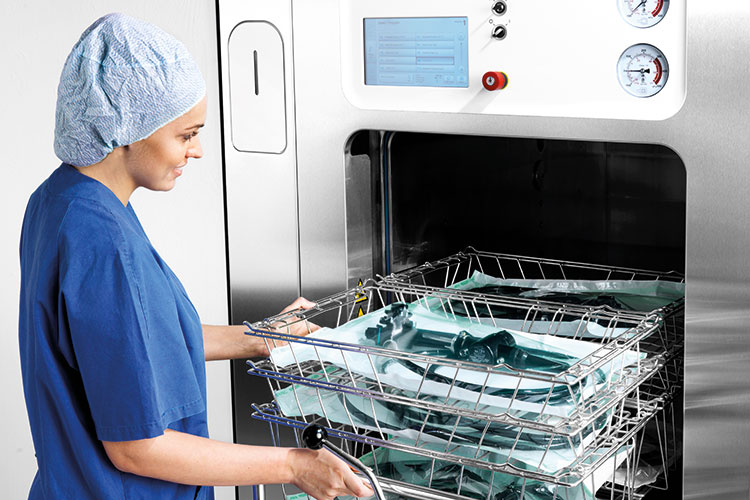Low-temperature sterilization (LTS) is one of the most important processes used in healthcare settings for the sterilization of medical instruments and devices. This form of sterilization utilizes various physical and chemical processes to kill microorganisms and spores to ensure that patient care is safe and effective. Low-temperature sterilization (Also called strilisation basse temprature in the French language) is a process used to sterilize items that are heat-sensitive.

Image Source: Google
The main benefit of LTS is that it does not require the use of high temperatures or pressurized steam, which can cause damage to delicate medical instruments and equipment. Instead, LTS uses chemical processes such as glutaraldehyde, ethylene oxide gas, and hydrogen peroxide gas to achieve the same level of sterilization.
In addition to being gentler on medical instruments, LTS also offers a number of other benefits. It is a fast process, allowing for the sterilization of multiple instruments in a short amount of time. It is also very effective, as it kills a wide range of microorganisms, including bacteria, viruses, and spores.
Finally, LTS is a cost-effective option for sterilizing medical instruments and devices. This is because it does not require the use of expensive equipment or labor-intensive processes like steam sterilization.
In summary, LTS is an important sterilization process used in healthcare settings. It is gentle on medical instruments, fast, effective, and cost-effective. As such, it is an essential tool for ensuring patient safety and effective care.